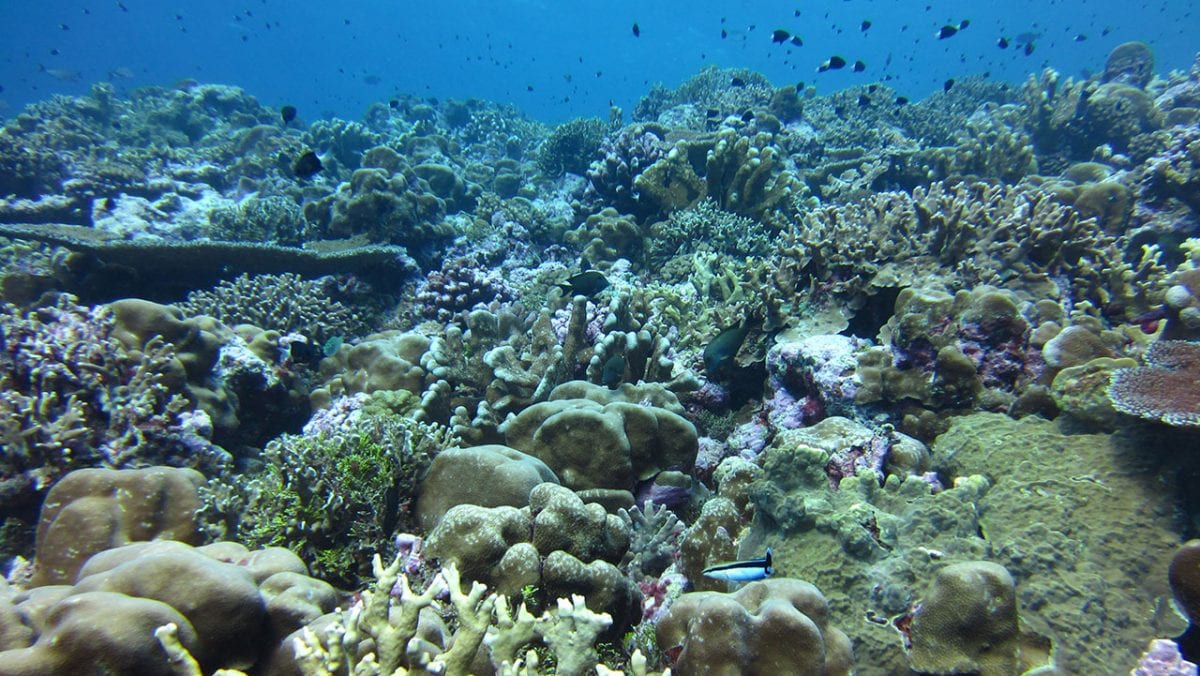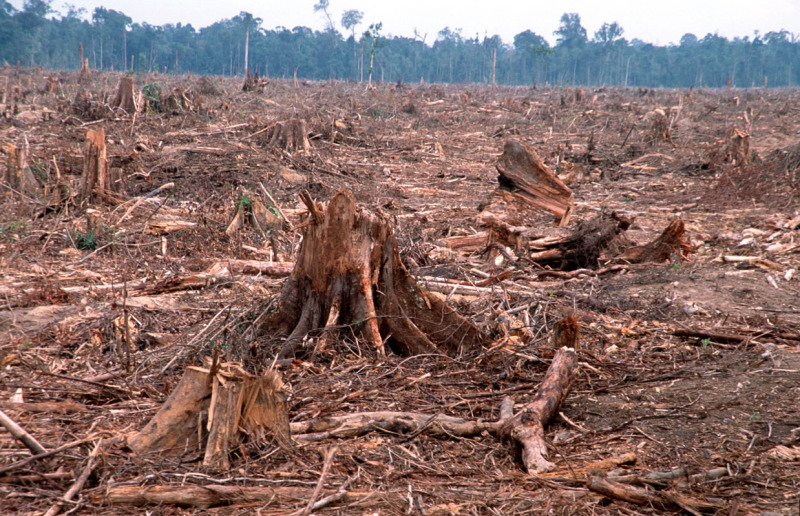Getting your nature fix
For drama we are learning about nature fix here are some things you can do outside
Play hide and seek
Plant nature
Listen to the birds singing
Go for a walk
look at the clouds
One way i enjoy the outdoors is playing football/soccer. One of my favourite places is Knott's soak city because me and my brothers have all been their and it is really fun a myth we were shown was the Maori creation myth https://www.youtube.com/watch?v=K6gtocAwmZE.
Play hide and seek
Plant nature
Listen to the birds singing
Go for a walk
look at the clouds
One way i enjoy the outdoors is playing football/soccer. One of my favourite places is Knott's soak city because me and my brothers have all been their and it is really fun a myth we were shown was the Maori creation myth https://www.youtube.com/watch?v=K6gtocAwmZE.





